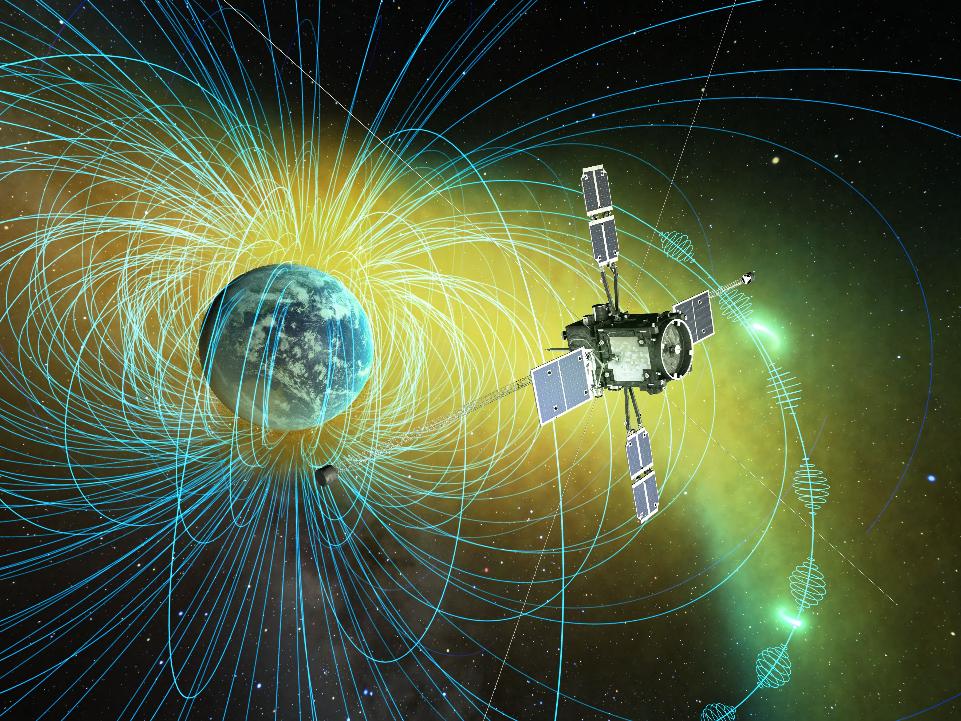Different types of plasma waves exist at a wide frequency range, from ULF to HF, in geospace. Geospace is often referred to as a "zoo of plasma waves," as it contains MHD waves in the low-frequency range, ion cyclotron waves, whistler mode waves, Z, LO, RX-free space mode waves, and several types of electrostatic waves. These waves play essential roles in the dynamical evolution of plasma and particles in geospace, so-called “cross-energy coupling”, in the geospace and radiation belts. The geospace exploration satellite, Arase (ERG), was launched in 2016 and began its primary mission at the end of March 2017. The Arase satellite measures wide energy electrons from ~10s eV to a few MeV and ions from 10 eV/q to 180 keV/q with a mass discrimination. The satellite also measures electric fields from DC to 10 MHz with three different receivers and magnetic fields from DC to 100 kHz with fluxgate and search coil magnetometers. These instruments have provided a new understanding of the multiple roles of particle dynamics and plasma waves. For example, Arase has identified the heating and acceleration of plasma and energetic electrons. It has also observed direct evidence of the scattering of energetic electrons by whistler mode waves, which causes auroral emissions in the ionosphere. Simultaneous relativistic electron precipitations cause significant ozone depression in the mesosphere, which is an example of cross-regional coupling through wave-particle interactions. The technique of measuring phase differences between the velocity vector of gyrating ions and the electric/magnetic field vectors of ion cyclotron waves and equatorial noise offers insight into the cross-energy coupling process among different plasma populations through wave-particle interactions. In this presentation, we will present highlight results from the Arase satellite and discuss future directions of observations.
Reference: Y. Miyoshi et al., “Geospace Exploration Project ERG”, Earth Planets and Space, No. 70:101, doi:10.1186/s40623-018-0862-0, 2018.
About the speaker

Dr. Yoshizumi Miyoshi is a professor of Institute for Space-Earth Environmental Research of Nagoya University, and a visiting professor of National Institute for Polar Research, Japan. He is presently working on the magnetospheric physics, especially for, transportation, acceleration and loss of energetic electrons of the Van Allen radiation belts. Moreover, he is interested in a coupling process between magnetosphere and atmosphere through energetic electron precipitations. He is author and co-author of more than 390 reviewed articles and three books. He works as the project scientist the Japanese geospace satellite mission ERG(Arase) and the manager for the ERG Science Center. He also works a co-I of JAXA-ESA/BepiColombo and JUICE project.
He also serves an editor for Annales of Geophysicae of European Geoscience Union, Scientific Reports, Frontiers, and Earth and Planetary Physics of Chinese Geophysical Society. He also works as a bureau member of SCOSTEP and a chair of Panel on Radiation Belt Environment Modeling of COSPAR.
He has received Tanakada Award and Obayashi Medal from SGEPSS, Nishida Prize from Japan Geoscience Union, and The Young Scientists Prize, the commendation for science and technology by the minister of education, culture, sports, science and technology, Japan.

